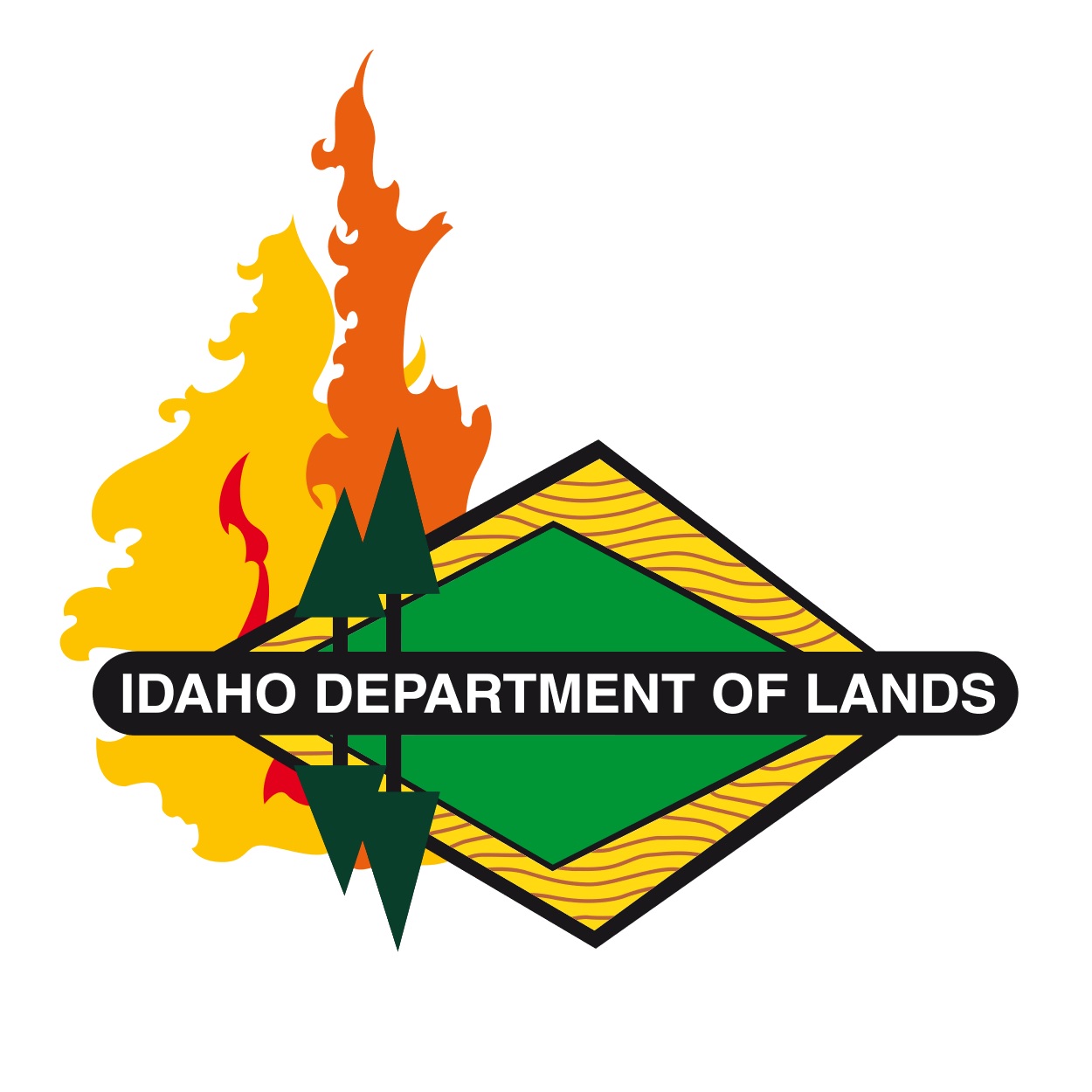Fire restrictions are a critical tool used by land management agencies to reduce the risk of unwanted human-caused wildfires, especially during periods of very high or extreme fire danger.
Restrictions are implemented using standardized guidelines adopted across agencies statewide and are part of a broader wildfire prevention strategy that may also include increased public outreach, signage, and media campaigns. When fire restrictions are in effect, they apply to all lands within the designated area—regardless of ownership—and must be followed by law.
The statewide interagency plan can be downloaded here: 2025 Idaho Fire Restrictions Plan
Table of Contents
Fire restrictions are a last resort to prevent unwanted human caused fires. During Closed Fire Season (May 10–October 20), burning is regulated on state and private lands through burn permits where specific types of burning may or may not be allowed. During this same time frame, the BLM issues an annual Prevention Order that limits certain types of activities on public lands they administer.
General Fire Restrictions FAQs
Federal, State, Tribal and private lands (outside of city limits and incorporated areas), which lie within the restriction area boundary.
The maximum penalty for violating a fire restriction order differs depending on the enforcement agency:
Forest Service
- The maximum penalty for violating a restriction order is $5,000 for
individuals and $10,000 for corporations and/or 6 months imprisonment. The maximum penalty would be imposed by the Federal Magistrate following a court appearance.
BLM
- Violation of the prohibited acts is punishable by fine of not more than $1,000 and/or imprisonment for not more than 12 months (Title 18 USC 1856, Title 43 USC 1701, Title 43 9212.4, and/or appropriate State laws).
State of Idaho
- County Sheriff responsible for enforcement of Idaho Code, could result in misdemeanor citation. Actual cost of fire suppression response may be billed to responsible party.
Bureau of Indian Affairs/Tribal
- State and county regulations and penalties apply. If you violate a fire restriction order results in a wildfire, you will also be liable for all suppression costs resulting from the wildfire including damage to property and resources. Criminal charges may also be imposed.
A developed recreation site is an area that has been improved or developed for recreation. A developed recreation site is signed as a privately owned commercial campground, tribal, or agency owned campground or picnic area.
No. Your public lands remain open for use. However, in the event of a fire, there may be temporary road or area closures associated with the incident to provide for public and firefighter safety.
Fire restrictions in Idaho are managed through a collaborative, interagency process outlined in the Idaho Fire Restrictions Plan. This plan guides how cooperating agencies coordinate the implementation of fire restrictions and closures.
By working together, agencies can ensure consistency across jurisdictions and clearly define restriction boundaries so they are easy for the public to understand and comply with.
Idaho’s fire restrictions group includes representatives from the Idaho Department of Lands, the Bureau of Land Management, the USDA Forest Service, the Bureau of Indian Affairs, Tribal governments, and local fire management personnel.
Fire restrictions and closures can be invoked on state, federal, and private lands under federal and state laws. Here are references to these authorities:
USDA Forest Service Authorities
- For Closures
- 36 CFR 261.52(e) – Going into or being upon an area
- For Restrictions
- 36 CFR 261.50 – Fire
- General that applies to both restrictions and closures
- 16 USC 551 and 18 USC 3559 and 3571 – Violation/Penalties
- 36 CFR 261.51 – Posting Requirements
Bureau of Land Management (BLM)
- Federal Land Policy and Management Act of 1976 (43 U.S.C. 1701, et seq.), Sections 302(b) and 301(a) 43, CFR, Part 9210 (Fire Management) 43, CFR, Part 9212 (Wildfire Prevention)
Bureau of Indian Affairs (BIA)/ Tribal
- Forest restrictions and closures are issued by the Bureau of Indian Affairs and Agency Superintendent under authority established in 25 CFR 163.3, 25 CFR 163.28
State of Idaho, Idaho Department of Lands (IDL)
- Using Idaho Code (IC) 38-105 and 38-115 as the authority, the State Board of Land Commissioners developed supplemental rules and regulations that the Director of the Department of Lands, or his designated representative as per IC 38-102, is responsible to apply.
- The following rules supply direction for implementing Idaho Code:
- IDAPA 20.04.01.060 covers burning permits
- IDAPA 20.04.01.070 provides for area closures
- IDAPA 20.04.01.080 addresses the requirements for spark arresters during the closed fire season
- IDAPA 20.04.01.090 allows for invoking smoking limitations
- IDAPA 20.04.01.120 permits limiting activities to the least dangerous portion of the day
- Any restrictions implemented by the Director of the Department of Lands, or his designated representative, will apply to “forest land” and “range land” as defined in Idaho Code 38-101
Restriction Map
Fire restrictions have not yet been implemented in green areas. Yellow areas are in Stage 1 Fire Restrictions. Red areas are in Stage 2 Fire Restrictions. You can also click on an area in the map and see any fire restrictions in the dialog box.

